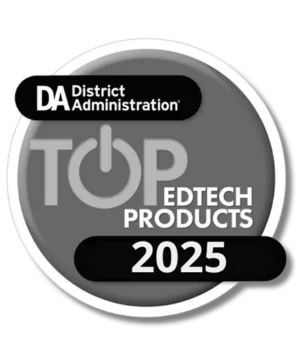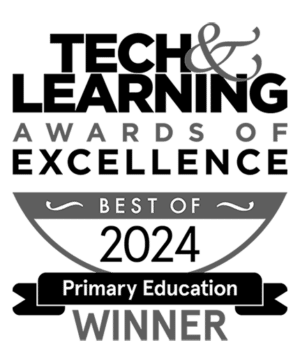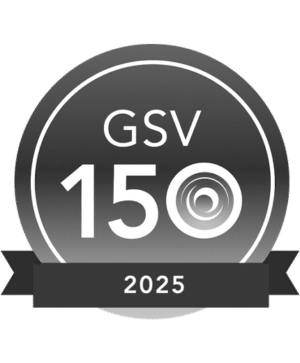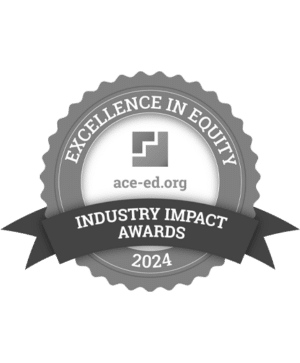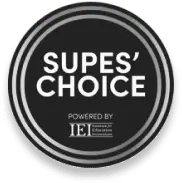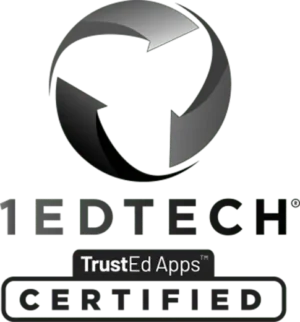
Paige Bergin, instructional coach in Oklahoma, walks us through a three-step process for helping teachers design lesson plans that articulate learning intentions, relevance, and success criteria for staff and students.
As a coach, it’s my job to understand the direction our district and building administration plans to take us and to support that journey. What became glaringly obvious as we approached the 2020-21 school year, though, was a need for a clear plan for what was to come—which seemed like an impossible task. I mean, who has a plan for unplanned events?
What we did know and understand were our State standards. What we learned along the way was our students’ ability levels. This became the beginning of our study for teacher clarity at our site.
The Process
During grade level coaching cycle sessions, we used The Teacher Clarity Playbook from Doug Fisher and Nancy Frey to guide our study. Throughout the year, and at each session, we studied learning intentions (what we wanted our students to learn), relevance (why they needed this knowledge), and success criteria (how we define mastery). This practice helped teachers get to the heart of their standards and objectives, think about what assessments could look like, and the steps in between.
These questions served as the backbone for our planning:
- What do I want students to learn?
- Why do they need to learn this?
- How will I know when they are successful?
I thought it might be helpful to share what this looks like in action. Below, I’ll explain how I worked with two fifth-grade ELA teachers to develop an opinion writing unit with learning intentions and success criteria clearly stated with each daily lesson.
Step 1: Break Down the Objective
First, the teachers identified the State objective they wanted to break down. Because this was the first opinion writing unit they had done with this group of students, they also knew that they needed to build on the learning that had taken place the previous year. Here’s how they did it:
Students will write opinion essays that:
- Introduce a topic and state a clear opinion
- Incorporate relevant, text-based evidence to support the opinion
- Use sentence variety and word choice to create interest
- Organize writing in a logical sequence with transitional words and phrases
Step 2: Create Success Criteria
Next, it was time to create a rubric that represented our learning intentions and success criteria, which meant students would go into the writing unit with a greater sense of clarity.
This rubric allowed us to see how we could utilize the standard, and from there begin to create the learning progressions. Of course, not every lesson is represented on the rubric, and we had to adjust our learning progressions along the way based on what we were seeing in class. Our rubric helped us to keep the progression in mind while remaining responsive to students’ needs.
Step 3: Use Student-Friendly Language
After we had broken down the objective and created our rubric, we began thinking about the sequence of lessons. This allowed us to write our learning intention for each day.
One example (which came shortly after students had established their opinion on the assigned topic) was regarding supporting their opinion:
- “Today I am learning…how writers support their strong opinions”
- “I am learning this so…that I can clearly support my opinion”
- “I will know I have learned it when…a reader can identify the 3 reasons that support my opinion”
By posting these sentence frames in classrooms, both teachers and students gained a greater understanding and focus for lessons. Students were more engaged because we were sharing the load by consistently posting the sentence frames that invite them into the learning intentions.
Being intentional from the beginning—and by backward planning—allowed teachers to understand what success looks like, and then articulate that to students. When students have a better understanding of what success is, they have a higher likelihood of actually hitting that target.
Final Note
In the current academic year, our school district has introduced teacher clarity through professional development in specific content areas, providing all educators with the insights we initially acquired last year. Teachers I collaborated with in the previous year have had the opportunity to revisit and enhance their prior learning progressions.
As a result, our students can now more effectively express what they are learning, the purpose behind their learning, and the criteria for success. This significant shift has had a profound impact!
We are consistently implementing transformative changes. While this process certainly requires time, our teachers have experienced a newfound sense of ownership and a deeper level of understanding—even through unplanned events.
About Our Guest Blogger
Paige Bergin is in her eighth year as an instructional coach in Oklahoma. She began her career in education as a 5th grade teacher in 2002. She received her bachelor’s degree in Early Childhood Education from Oklahoma State University and holds a master’s degree in Educational Administration and Curriculum Supervision from the University of Oklahoma. In 2010, Paige was awarded the Presidential Award for Excellence in Math and Science Teaching for Elementary Math for the State of Oklahoma.
Outside of work, Paige enjoys her role as the only female in her household filled with all males: husband, two sons, and the two “good-est” boy dogs. In addition, she enjoys spending time with her family, walking the dogs, and lounging around with a book or movie.
Stay Connected
News, articles, and tips for meeting your district’s goals—delivered to your inbox.




